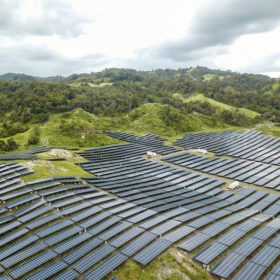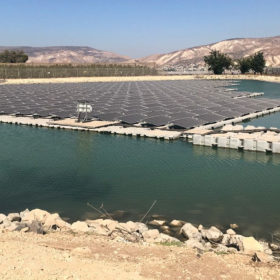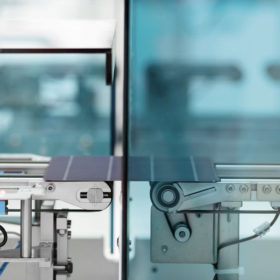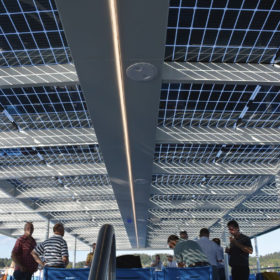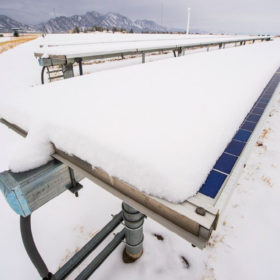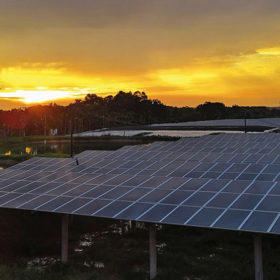Floating the solar dream
Indonesia is a coal-dependent country in which conventional power grids are problematic. The archipelagic nation is turning to floating PV (FPV) to help accelerate its energy transition. Sorta Caroline takes a look at the state of play for water-borne solar and the problems that still need to be overcome.
Keeping the energy transition afloat
With strict limits in place on the volume of Israeli land which can host solar panels – at least for now – installing modules on the nation’s reservoirs, as well as rooftops, is offering a lifeline to the PV industry, as Michael Fuhs reports from Ashdot Ya’akov Ihud.
Sense and sensor-ability
EKO Instruments won a pv magazine Award for its MS-80SH pyranometer, which impressed jurors with its ability to provide accurate measurements of solar irradiance with little need for maintenance or monitoring of the installed sensors. EKO Instruments Director Kees Hoogendijk accepted the award in Abu Dhabi, and pv magazine caught up with him to discuss solar operations and maintenance (O&M), as well as the company’s sensor solutions.
Timing is everything
Developments in the US solar marketplace are leaving many wondering if manufacturing will ramp up fast enough to meet demand. Anne Fischer considers potential supply chain gaps that could leave the country dependent on imports.
Forging a Euro supply chain
The huge effort needed to build a PV sector to compete with China is daunting but not without hope, thanks to initial carbon footprint advantages. McKinsey & Company analysts explain how a European solar manufacturing renaissance need not remain an impossible dream.
As simple as IBC
The search for ever higher conversion efficiency has driven solar researchers to focus on back-contact cell approaches, and efforts to devise more cost-effective manufacturing are bringing technologies such as interdigitated back contact (IBC) solar into the mainstream, as Mark Hutchins reports.
China goes big on back contact
When Longi Solar said in November 2022 that its new Hi-MO 6 modules would feature a mixture of interdigitated back-contact (IBC) and tunnel-oxide, passivated contact (TOPCon) cells, it stunned the solar industry. However, IBC production has been under way in China for some time, reports Vincent Shaw.
Rotate half cells for stronger modules
A team of researchers at the US Department of Energy’s National Renewable Energy Laboratory (NREL) has developed a structural mechanics model to calculate the probability of cell cracking under given loads. It is now making it available to the public, as NREL’s Harrison Dreves explains.
Shingle all the way
While shingled cells have been around for a while, Tongwei’s adoption of the technology is notable as it is a manufacturer with considerable scale. If shingling can overcome some hurdles, it could prove a welcome solution as unshaded sites for PV become elusive in mature solar markets.
Perovskite progress
In December 2022, Helmholtz-Zentrum Berlin (HZB) set a new efficiency record for a perovskite-silicon tandem cell, at 32.5%. Scientists at the institute continue to investigate the long-term stability improvements and large scale processes needed to make this technology a commercial reality, as pv magazine found out when it caught up with Steve Albrecht, TU Berlin professor and HZB’s head of department for perovskite tandem solar cells, and Antonio Abate, who heads the institute’s department for active materials and interfaces for stable perovskite solar cells.
